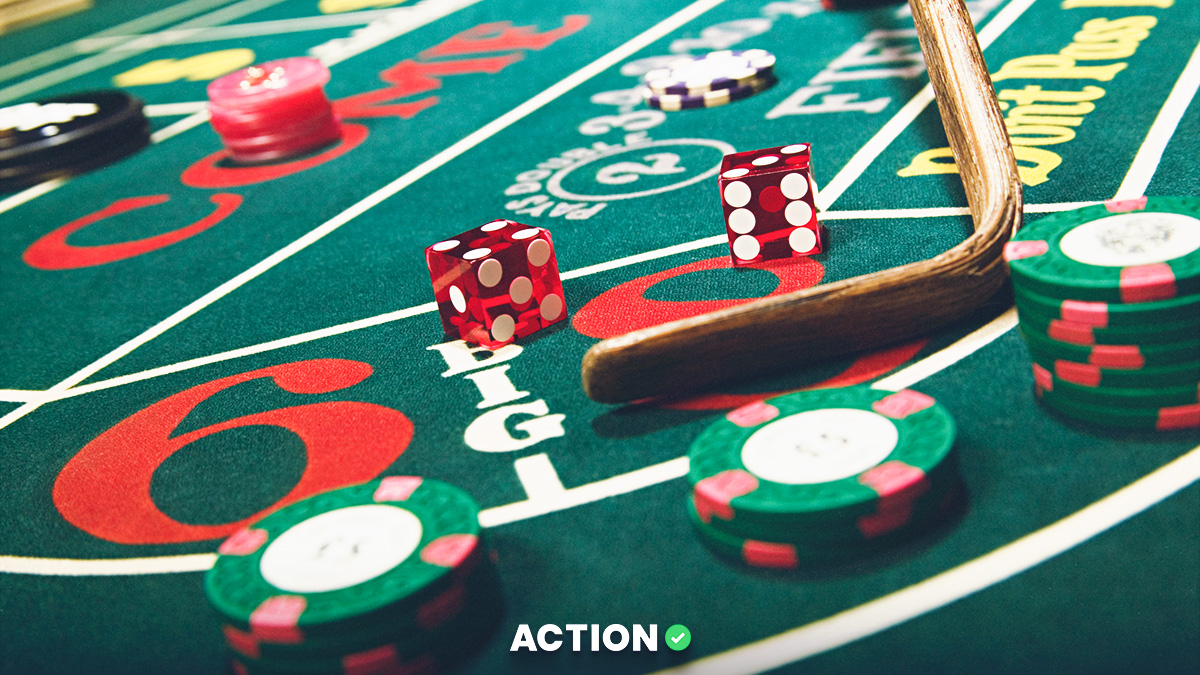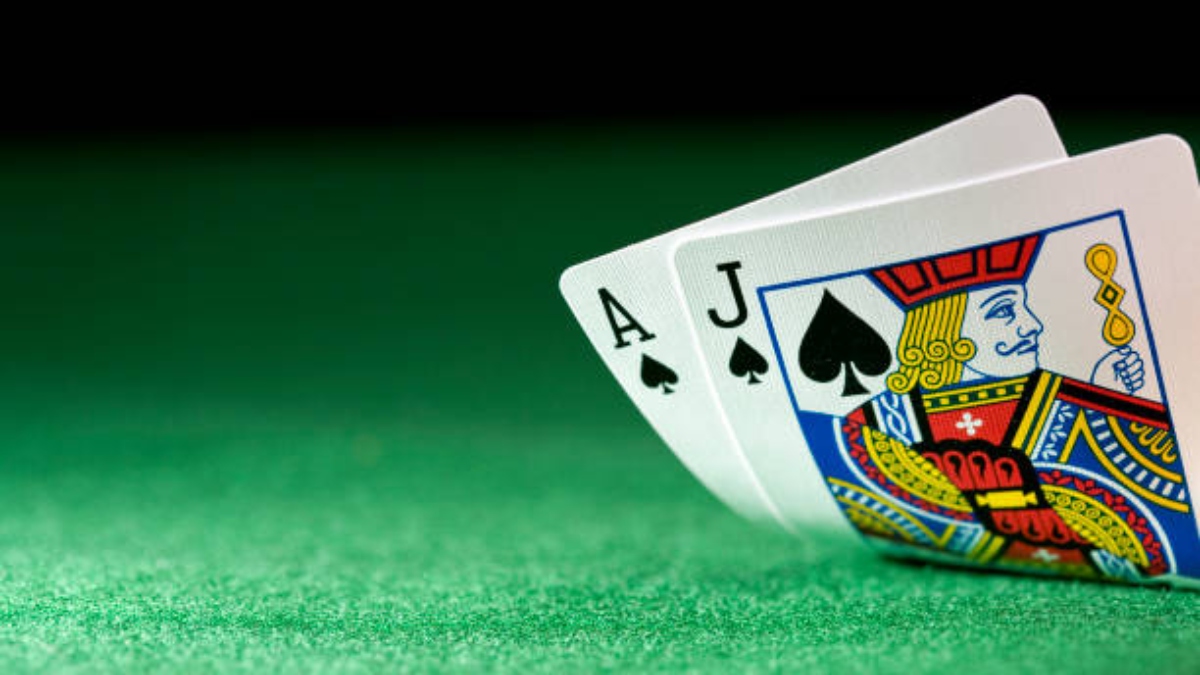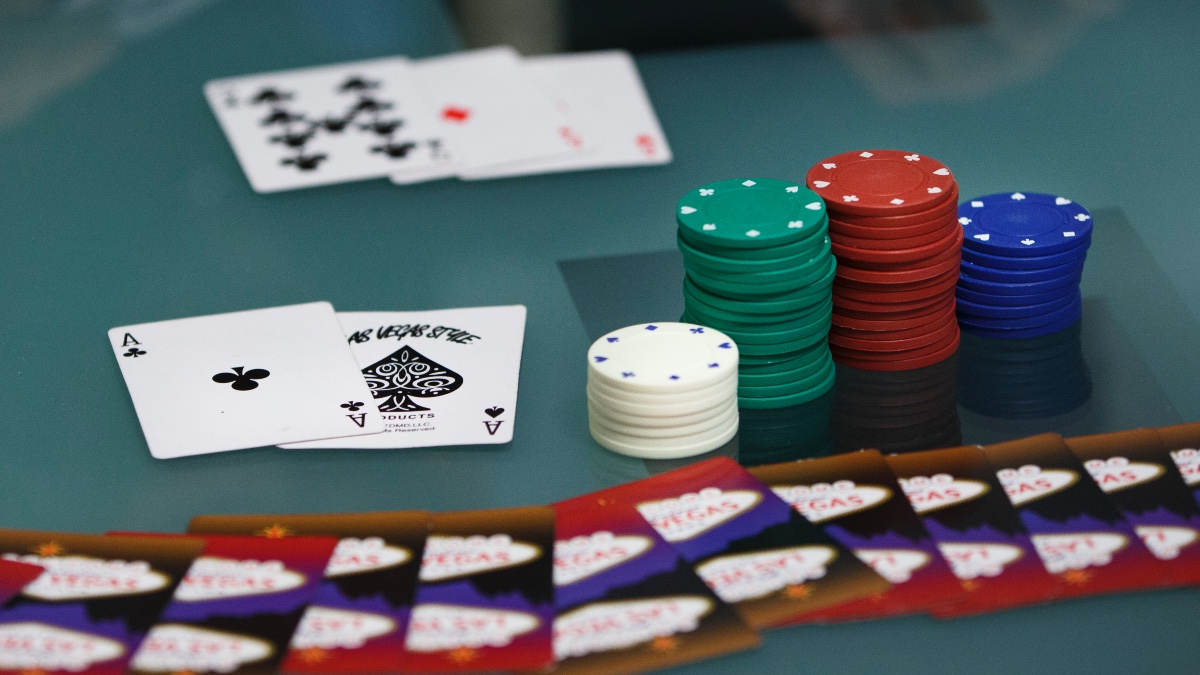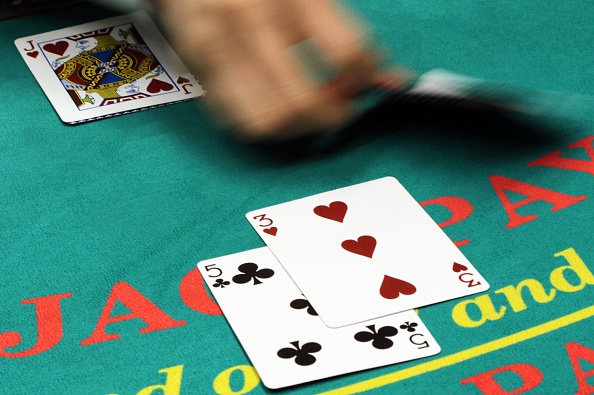Want a chance to play poker against Darren Rovell and win your share of $12,000?Sign up at 888poker and deposit at least $10 using the promo code ACTION888 and receive tickets to play in seven of their daily all-in freeroll tournaments. Winners earn a seat at Rovell's $1,000 table this Sunday night. You'll also receive an invitation to play against Rovell in a $10,000 tournament on July 5. New Jersey only.
Plenty of similarities exist between sports betting and poker. In both scenarios, the goal is to augment win probability at every stage of action. Getting the best of a point spread maximizes your win probability in the long run. Playing openers can be profitable with a number of outs.
In the sports betting world, an out signifies line shopping to get action down. For example, a point spread could open at -3 then close at -6.5. Having a vast number of outs allows a sports bettor to make the best financial decision on his initial investment. In poker, a competitor is also always searching for the best financial decision.
One tool to improve a poker players odds is the ability to count outs.
Sign up and deposit with 888 Poker using the promo code ACTION888 for a chance to play against Darren Rovell in a $10,000 tournament. NJ only.
In the poker world, an out is defined as a card that will improve your hand. Hole cards of A♣️ T♣️ will surely have the player wanting clubs and face cards in the coming action. A flop of Q♣️ J♦️6♣️ gives the player nothing but a high-Ace, but plenty of outs to continue betting the pot.
To improve the players hand to a nut flush or straight, there are double-digit cards remaining. A turn or river of K♠️, K♦️, or K♥️ will give the player a straight, while nine remaining clubs give the player a flush (K♣️ J♣️ 9♣️ 8♣️ 7♣️ 5♣️ 4♣️ 3♣️ 2♣️).
Beware of others counting on a flush, like in the following example in which a player had 16 outs and a 35% chance to draw a winning card.
The Rule of 4 and 2
The rule of 4 and 2 is a quick shortcut for working out the percentage odds of completing a draw in Hold'em. When hole cards are paired with a flop on the board, it is important to calculate a rough estimate of odds your hand will make a winner.
Follow these simple steps at certain stages to calculate odds:
- After the flop, multiple your outs by 2 for odds to hit a draw on the turn.
- After the turn, multiple your outs by 2 for odds to hit a draw on the river.
- If an opponent goes all-in after the flop, multiply your outs by 4 for odds to hit a draw on the river.
Using Outs to Bet
Calculating outs is used to determine if a value pot exists. A sports gambler would quickly walk away from a moneyline of +200 if true odds were closer to +450 in a singular event. The same concept applies to poker players, outs and pot value.
One of the easiest examples to diagnose is chasing a flush. Novice poker players love to chase a flush even when the money in the pot does not dictate a wager.
Take hole cards of A♣️ Q♣️, for example. A flop of 9♣️ 6♦️2♣️ gives the player nine outs for a flush, the number of potential clubs remaining in the deck. Using percentage odds, the player has a 19% chance to hit a flush on the turn and a 35% chance to pull a club including the river.
In this scenario, the player should bet no more than 20% of the pot value before the turn. That 20% bet should include the players own money, a common mistake for some poker beginners. If $100 is in the pot and an opponent bets $50, the player is being asked to bet 25% of the pot with a $50 call.
Once a poker player begins to easily calculate card odds against pot odds, plenty of chips will come back to home base.
























































